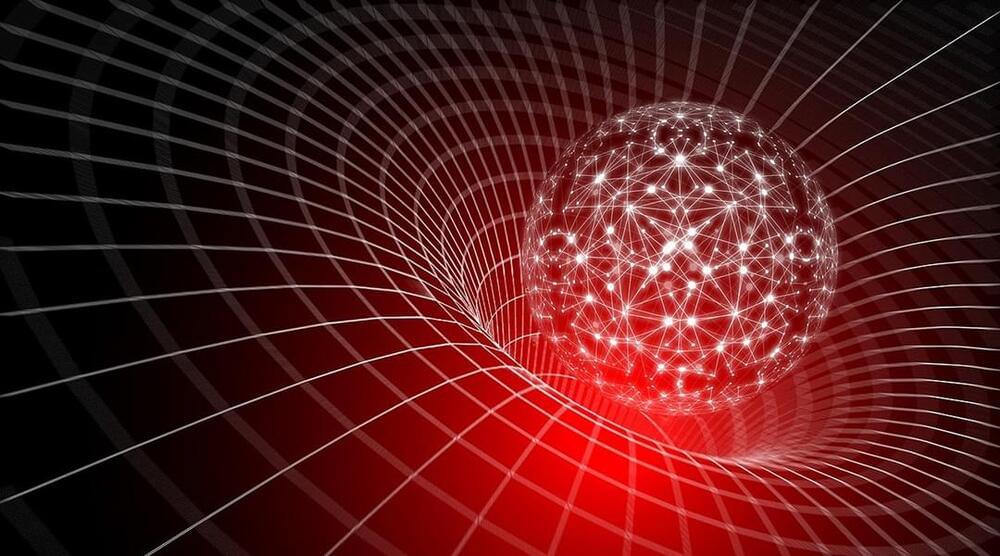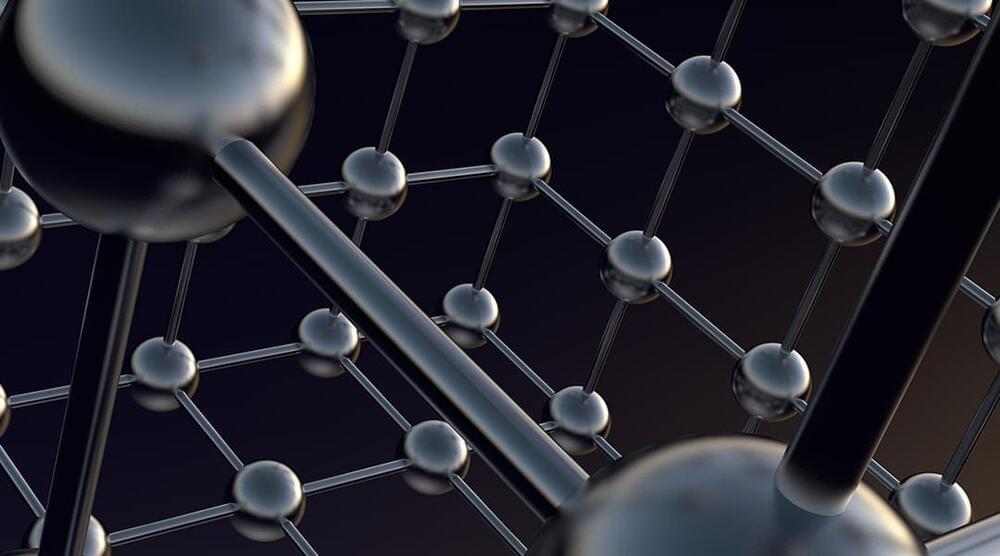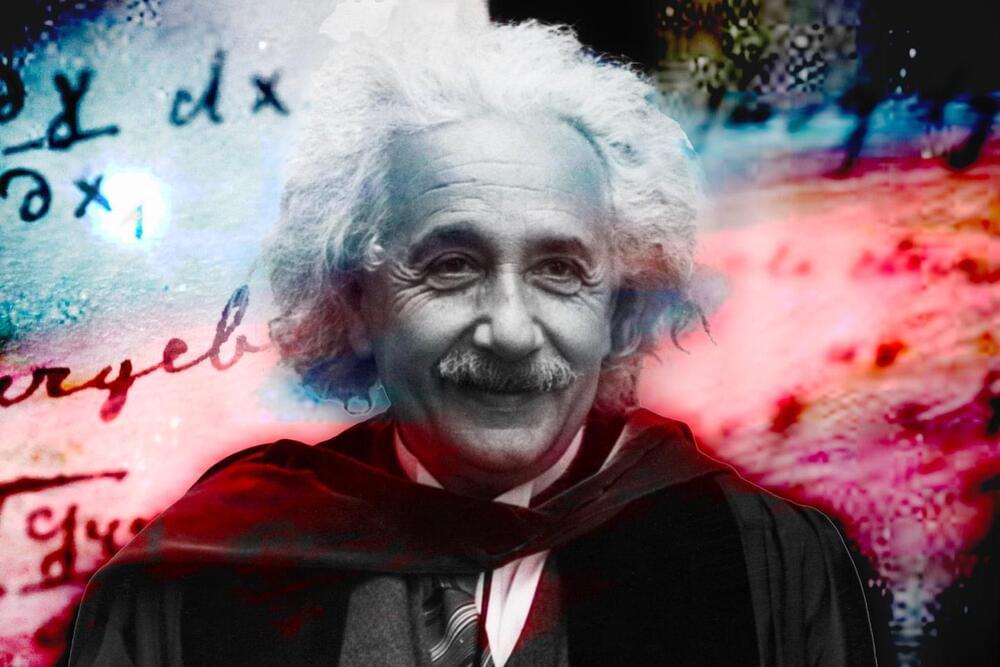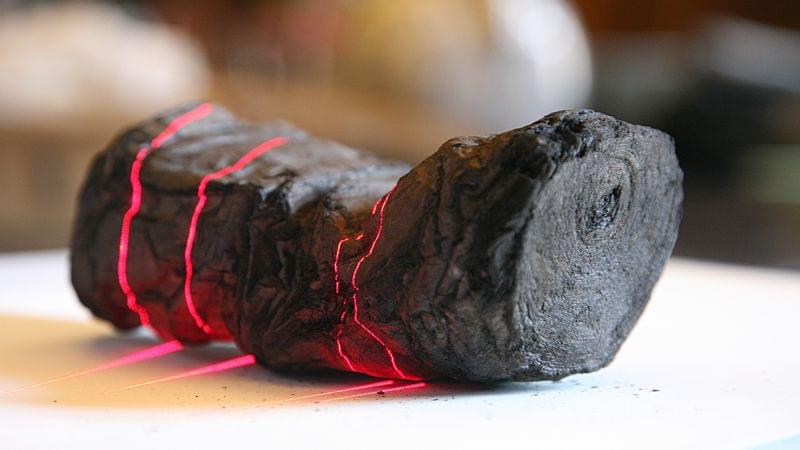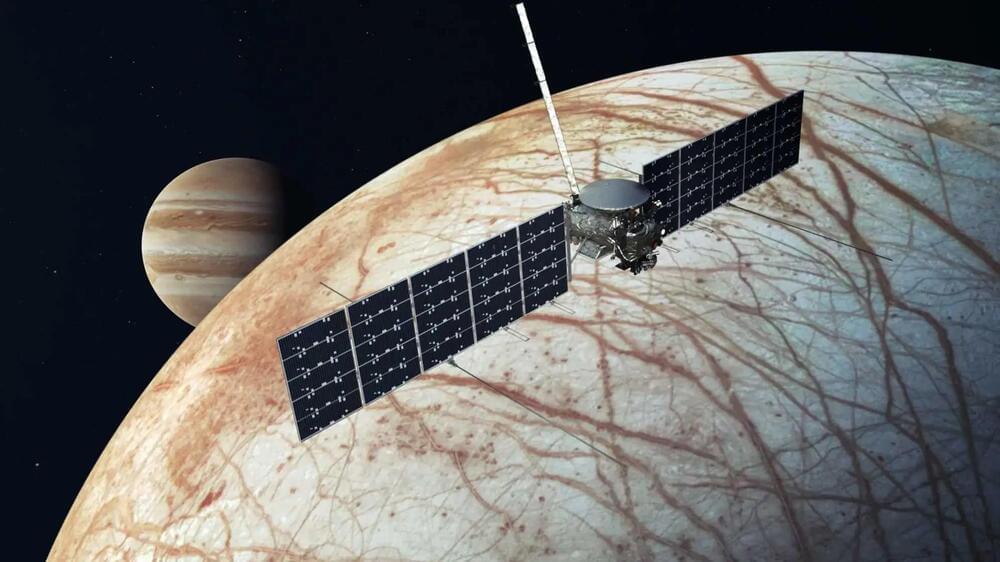Oct 4, 2024
Could adding extra dimensions help solve the quantum gravity puzzle?
Posted by Dan Breeden in categories: particle physics, quantum physics
Adding extra dimensions to a theory known as “fuzzy gravity” may help bridge the gap between quantum mechanics and relativity.
A recent study has made strides toward solving one of physics’ biggest puzzles: including all known particles and interactions into the theory of quantum gravity.
The solution is to modify the quantum description of gravity dubbed “fuzzy gravity” by introducing extra dimensions to spacetime. In this theory, spacetime is treated not as a continuous entity but by a grid of discrete points, and adding extra dimensions to this grid results in the occurrence of other fields and particles.
